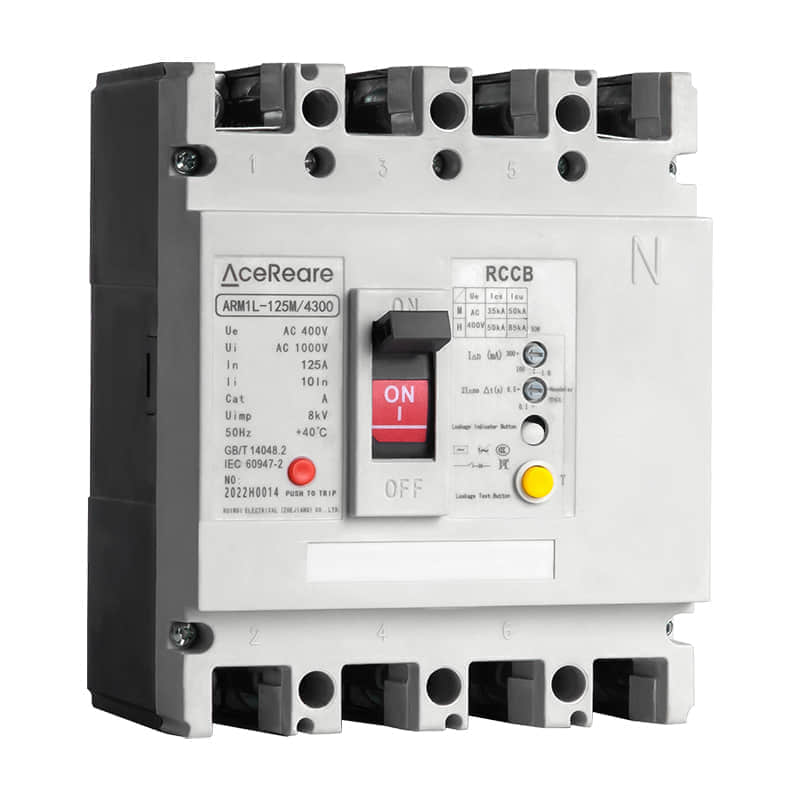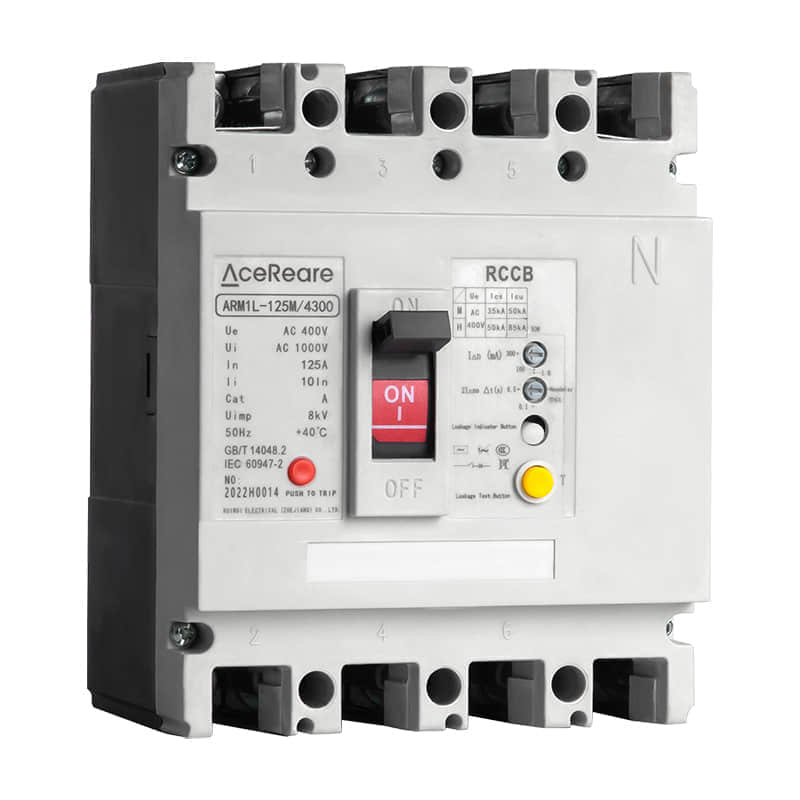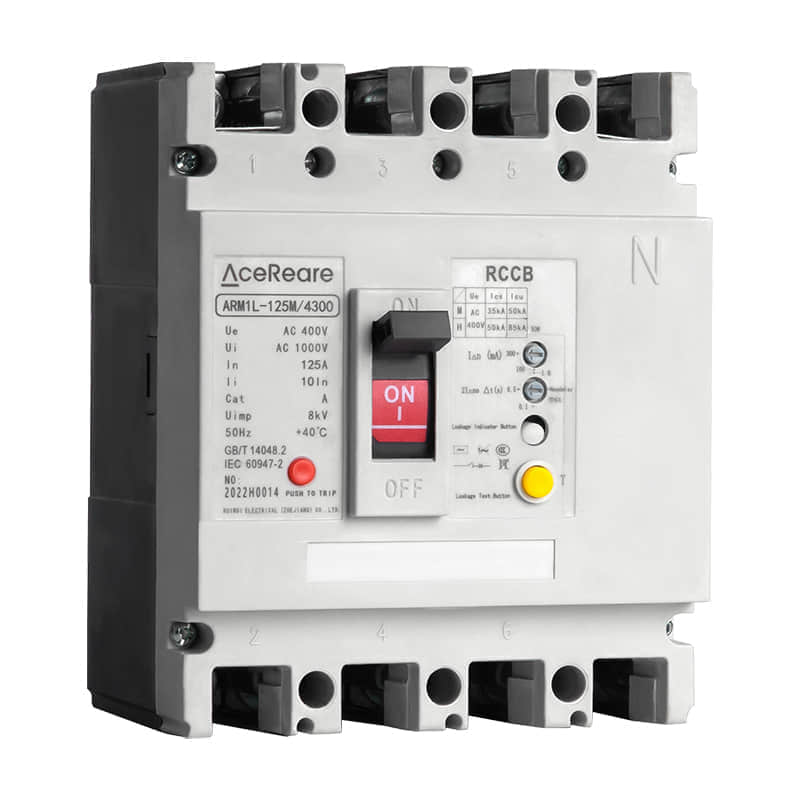In our modern world, where electricity powers nearly every aspect of our lives, ensuring electrical safety is of paramount importance. Residual Current Circuit Breakers (RCCBs) have emerged as crucial devices in safeguarding homes, workplaces, and public spaces against electrical hazards. In this article, we will delve into the significance of RCCBs, their functioning, and their role in enhancing overall electrical safety.

Introduction to RCCBs

Residual Current Circuit Breakers, commonly known as RCCBs, are electrical devices designed to protect against electric shock and fire hazards caused by ground faults, also known as residual currents. These faults occur when there is a leakage of current from the live wire to the ground due to damaged insulation or other faults in the electrical circuit. RCCBs are an essential component of modern electrical systems, offering an extra layer of protection beyond traditional circuit breakers. Functioning of RCCBs RCCBs work on a simple yet effective principle. They constantly monitor the imbalance between the currents flowing through the live and neutral wires of a circuit. In a balanced circuit, where the current flowing through the live wire is equal to that returning through the neutral wire, the RCCB remains in a closed state, allowing the current to flow uninterrupted. However, if there is a leakage of current to the ground, indicating a potential fault, the RCCB quickly detects the imbalance and trips the circuit, cutting off the power supply almost instantly. Enhancing Electrical Safety Protection Against Electric Shock: One of the primary functions of RCCBs is to protect individuals from electric shock. By rapidly detecting and isolating faulty circuits, they prevent potentially lethal currents from passing through a person’s body, significantly reducing the risk of injury or death due to electrical accidents. Fire Prevention: RCCBs also play a pivotal role in preventing electrical fires. Faulty wiring or damaged insulation can lead to overheating and ignition of surrounding materials. The ability of RCCBs to detect ground faults helps mitigate this risk by halting the flow of current when an imbalance occurs. Reducing Electrocution Risks: Traditional circuit breakers primarily focus on preventing overloads and short circuits, which are essential functions but do not address ground faults. RCCBs complement these devices by targeting the specific danger of residual currents, making electrical systems much safer overall. Enhanced Protection in Wet Areas: Wet environments, such as bathrooms and kitchens, increase the likelihood of electrical leakage. RCCBs are particularly valuable in these spaces, as they provide a critical layer of protection against shock hazards in areas where water can come into contact with electrical appliances. Compliance with Electrical Standards: Many electrical safety standards and codes now mandate the installation of RCCBs in various settings. This regulatory recognition underscores the importance of these devices in maintaining safe electrical installations. Conclusion Residual Current Circuit Breakers (RCCBs) stand as a testament to human innovation in enhancing electrical safety. These devices go beyond traditional circuit breakers, offering a specialized solution to the specific dangers of ground faults. By quickly detecting and isolating faulty circuits, RCCBs prevent electric shocks, reduce the risk of fires, and enhance overall safety in a variety of settings. As technology continues to advance, RCCBs will likely evolve further, contributing to even safer electrical systems for generations to come.
